Piazza Duomo is in the old town of Alba, tucked away amongst the narrow streets. The restaurant also has its own farm, which supplies many of the vegetables used in the kitchen. Enrico Crippa opened the restaurant in 2005. I did not particularly love my first meal here, but several well-travelled people that I know are fans of the place, so it seemed only fair to give it another try. Piazza Duomo opened in May 2005. It is located in a tiny side street just yards from the cathedral, behind a bright purple door. The restaurant itself is up a flight of stairs on the first floor, separated into a couple of dining areas. The menu cost €240 (£206), and there is naturally a supplement if you want to add white truffles in the season.
The wine list was extensive, with over 1,800 separate labels. Examples were Gerard Neumayer Bruderthal Gewurtztraminer 2012 at €70 for a bottle that will set you back €28 in the high street, Michele Chiarlo Cerequoi 2007 at €130 compared to its retail price of €67 and Henri Boillot Monopole Puligny Montrachet at €225 for a wine that will cost you €133 in a shop. There are plenty of grander offerings too, such as Jacques Prieur Le Montrachet 2009 at €800 for a bottle whose current market value is €544. The tasting menu here is a lengthy experience, our dinner taking just under five hours. A nibble of buckwheat crisps and chickpea carte di musica flatbread began the meal, the buckwheat crisps in particular excellent (16/20). The bread that arrived later was less impressive, the best being a pleasant hazelnut roll (13/20).
The first nibble was a Swiss chard sponge with a tuna sauce on top and a dip of caper powder. I have yet to be convinced by this modern technique, taking an ingredient and producing from it something roughly the consistency of a bath sponge. It looks quite pretty but do you really want to eat a flavoured bath sponge? This was accompanied by foie gras cream, crunchy corn and “Gingerino” foam (reminiscent of Campari but made of citrus fruit extract, sugar, herbs and spices) anda peanut cracker. Finally there was a pair of fake olives: one was filled with langoustine tartare and the other with veal tartare. The fake olives are hardly an original idea, having been done a decade or more earlier at El Bull, but they tasted good. However the sponge was, well, like a green sponge (average 15/20).
A flotilla of nibbles then came into view, each in their own little dish and carefully placed on the table by the waitresses. I liked a Brussels sprout marinated in mustard sauce and topped with mustard, mustard leaves and parsley sauce. There was a trio of surprisingly good bars of marinated pumpkin with pickled hazelnuts. What looked like a sushi roll had a filling of apple, caviar, hazelnuts, horseradish and mozzarella, the roll itself being made of radichio rather than seaweed. There was beetroot gazpacho with goji berries and dried cranberries. There was also a dish of some overly sharply pickled mushrooms, a dish of steamed broccoli with a disconcertingly sour sauce (notionally a Pedmontese sauce reminiscent of béarnaise). There was also nice bak choi with Japanese furikake seasoning made from dried tuna, sesame and seaweed, and finally a dish of fairly mild kimchi, the Korean fermented cabbage (average 15/20). This sequence alone demonstrated the sheer amount of work that can go into fine dining.
Next was a sphere of green anchovy coated in cod resting on a pool of parsley sauce, with a base of yellow pepper sauce. On the side was a mussel on a cracker and a piece of mackerel with orange vinaigrette. The mackerel was quite nice, the acidity of the vinaigrette balancing the oiliness of the fish, but I was less taken by the cod and anchovy concoction, which was doubtless a technical tour de force but whose flavours worked less well together (14/20).
Another small array of dishes now arrived. There was a pork sausage glazed in lentil puree with herbs, black truffle and veal broth, which was lovely and rich. Less successful was turnip, sausage and a little cube of foie gras, though Fassone veal tartare with lentils and white truffle was nice. Best was a rich ragu of rabbit, turnip and polenta. These miniature dishes varied wildly in standard, though the ragu and the pork sausage were genuinely good (average 17/20).
A little sandwich of rabbit with mushroom, seaweed and okonomiyaki sauce in a steamed bread wrap tasted a lot better than it sounds, the savoury sauce working really well, the overall effect reminiscent of a particularly light Chinese steamed bun (17/20). Next, two fish dishes were disconcertingly contrasting. Carpaccio of sea bass was fine but an accompanying concoction in a Ficoidea lettuce leaf was searingly sour, featuring juniper, salty lemon, lime zest, lime and green pepper, with lettuce juice on the side and was something I found quite unpleasant (13/20 average).
The meal got back on track with an elaborate salad (called “21, 31, 51” – me neither), composed of numerous elements from the two gardens that the restaurant owns. The exact composition and number of elements of this dish varies by the season, but in this case there were over seventy separate leaves and herbs, with an olive oil dressing flavoured with sesame, and a little bowl of dashi lurking under the salad bowl, to be drunk after the greenery. This dish is presumably a nod to the famous gargouille dish of Michel Bras, which has inspired many imitations around the world. The vegetables were good, especially an excellent carrot, but there are a couple of observations, The Bras dish is not just a salad of many elements but has numerous vegetables prepared in different ways: some pickled, some cooked, some raw, and this seemed to be pretty much an assembly of salad elements. Moreover the quality of vegetables is partly determined by climate, which means that the vegetables from the Mediterranean, with all the sun that they get, have an inherent advantage over those in less blessed climates in more northerly parts of Europe, such as the UK or Scandinavia. This is why even the best tomatoes from the UK compare poorly with those from the sunny Amalfi coast. Foggy Alba in northern Italy is great for mushrooms and truffles but less than perfect for some other vegetables and leaves, however much care and attention is lavished on them. If you doubt this, just walk around the vegetable markets of Ventamiglia or Cannes on the Mediterranean and taste a few things. So, all in all, this salad was very good but was always going to seem less thrilling than one made from ingredients raised in more clement weather than here (17/20).
Raw scallops were served with sea urchin and Pecorino cheese sauce, turnip, sea urchin cream and beside this was some sea urchin wrap rolled up in lettuce with Japanese condiments (furikake) and mayonaisse. This was worryingly bitter, and to me the flavours clashed - cheese, scallops and salty sea urchin - together?!? (12/20).
This was followed by a "greenhouse" dish of turnip slices with leaves, potato crackers, veal tartare, turnip gelee and barbecue sauce with whipped cream. The tartare was very good and nicely seasoned but the turnips were, well, turnips, and the cream added little (14/20). Cod and pumpkin sauce came with Swiss chard and nasturtium leaves. This was capably made, though I was unconvinced by the pairing of cod with pumpkin (15/20).
Cardoons (artichoke thistles) came with milk foam, hazelnuts, cream of hazelnuts, given a luxurious twist by the addition of white truffle. Sadly the cardoons I had were badly overcooked and mushy, and even the truffles could not distract from this fundamental problem (11/20). Interestingly, in our party of four, not all of the cardoons suffered from this mushiness, as a quick swap of plates confirmed, but I can only write about what I was served.
Things got back on track with excellent porcini and veal carpaccio with toasted rice with star anise and mushroom broth. The mushrooms had lovely flavour, the veal was good and the textural contrast of the toasted rice worked well (18/20). Potato cream with lapsing souchon tea powder and marinated quail egg topped with truffles was ultra-rich and enjoyable in a guilty pleasure kind of way, vaguely reminiscent of the Joel Robuchon mash, which used to have more butter than potato (16/20).
Agnolotti pasta was filled with Fontina cheese fondue and truffles, the pasta delicate but the cheese extremely strong and for me too dominant (14/20). The last savoury dish turned out to be the best of all. Venison was cooked rare and served with foie gras cream, red wine sauce, black cabbage and truffle, with a meatball made using the liver of the deer. This was gloriously rich and had great flavour, the cabbage bringing just enough earthy balance (19/20).
Four desserts were initially offered. Ricotta tart had a corn biscuit base and came with orange sauce and ricotta cream with hazelnut ice cream, which I was unconvinced by, the corn tasting out of place to me. Hazelnut biscuits were filled with different creams: coffee jelly, caramel and chocolate, and was very pleasant. There was also a sort of deconstructed lemon tart with a base soaked in limoncello, lemon cream, whipped cream, meringue and flowers made from marzipan and almond paste.
This was pleasant and provided a welcome acidity given the other desserts. Finally there was a modern interpretation of Black Forest gateau, with chocolate shortbread, yoghurt powder, cranberry powder, cherries, whipped cream and chocolate ganache with a red fruit infusion. These were generally pleasant, but the pastry sections of three star Paris restaurants will not be losing any sleep with the competition here (average 16/20). Finally a few more sweet offerings appeared as the bill was brought: an apple cracker was filled with whipped cream, chocolate ganache, eclairs, quince and white truffle. Cinnamon and apple biscuits had crème patissiere. There was a ganache of totched Muscavado sugar and a broth of quince, pears and ginger.
Service was top notch, and a lot friendlier than I recall on my previous visit, though going with someone who knew the chef a little doubtless helped in that regard. The bill, with the white truffle supplement and copious amounts of excellent wine, came to €532 each before tip, which in these heady post Brexit vote days comes to £456. If you shared a modest bottle of wine between two then a typical cost per head might be around £250.
Overall, this was a somewhat more enjoyable meal here than my previous one. Some dishes showed genuine ability, especially the venison dish, and the two farms that the chef now owns mean that the cuisine has deeper roots in the local area that it seemed to have when I last visited. Over a lengthy tasting menu there are always going to be some ups and downs, and dishes that you prefer over others, and this kind of technical modernist cuisine is never going to be my personal passion. I liked the deer, and the fancy salad was good. On the other hand there were some misjudgements, such as the wildly sour dressing with the sea bass, and it was odd that the bread was so mediocre in a three star restaurant.. However there is no doubting the amount of work that is going into the meal, and for fans of modernist cooking there is much to offer.
BookFurther reviews: 16th Mar 2013




























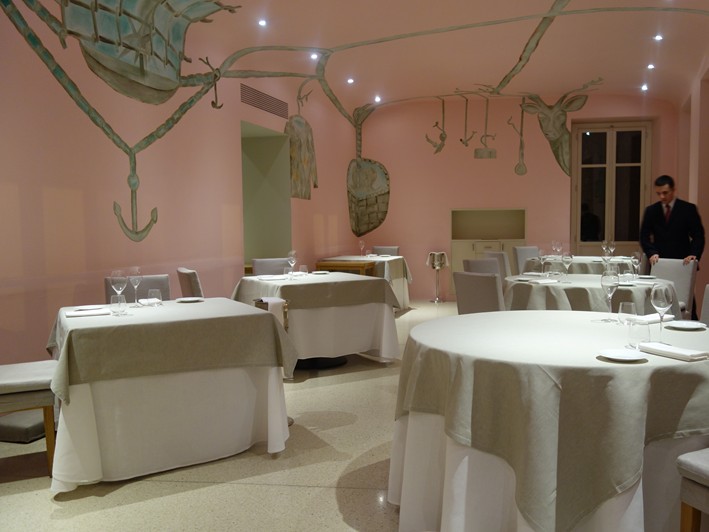
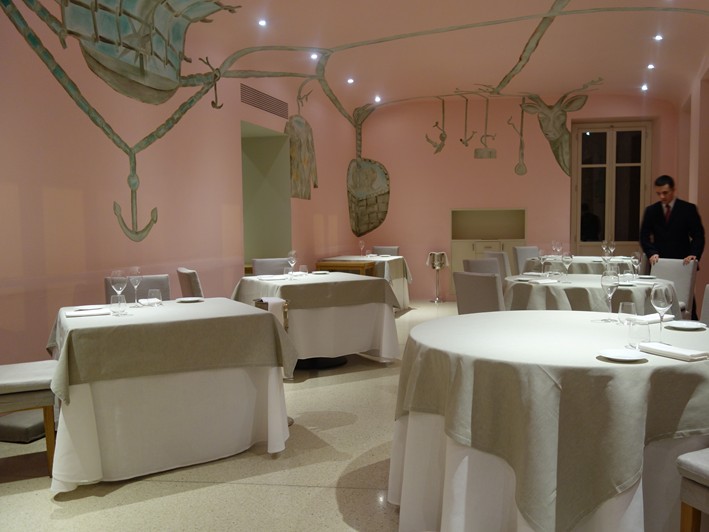
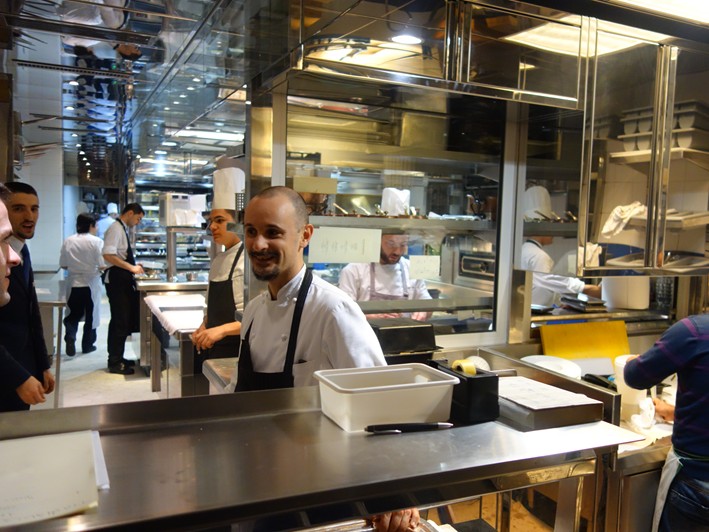
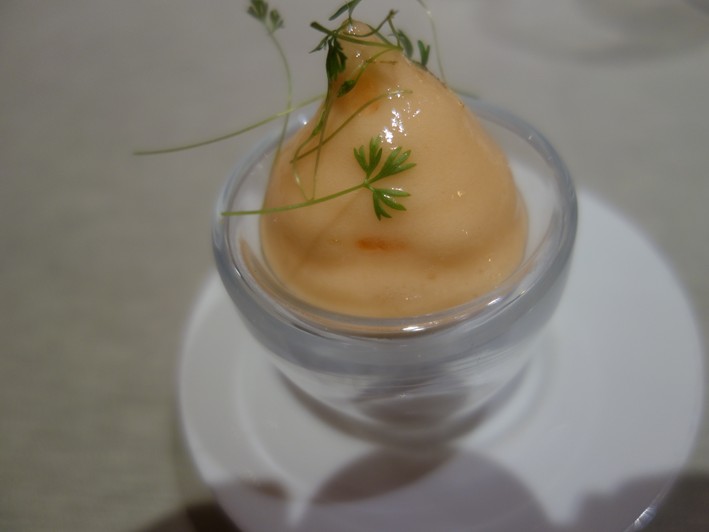
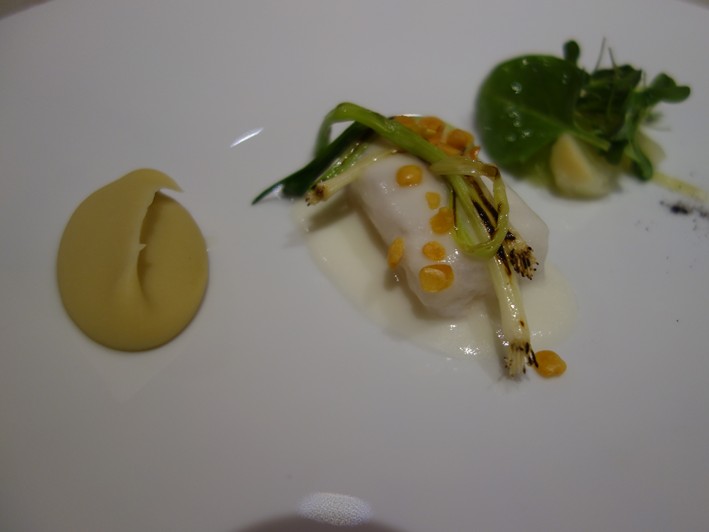
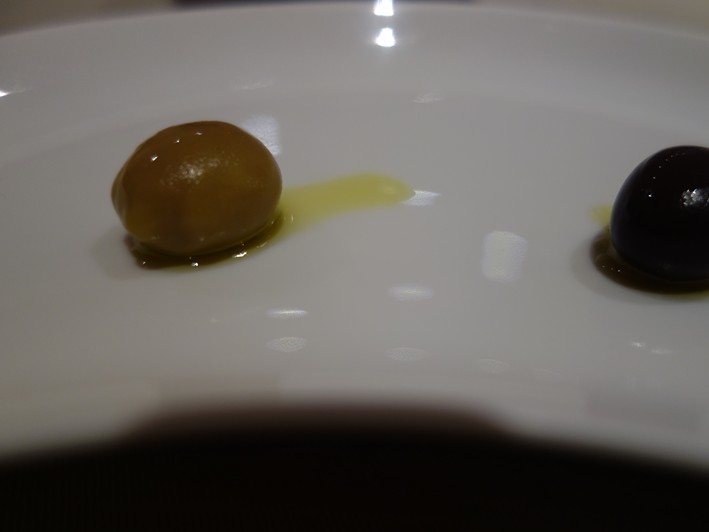
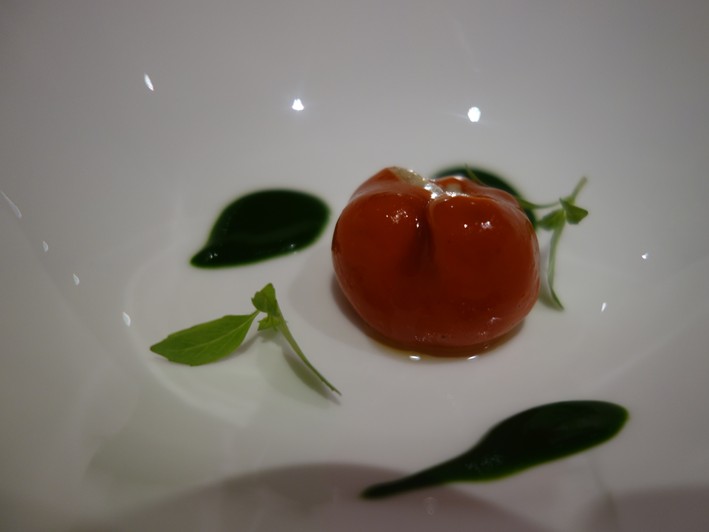
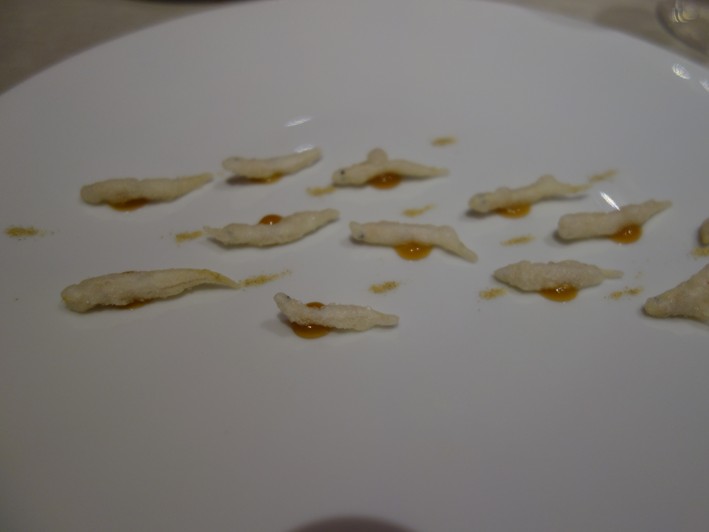

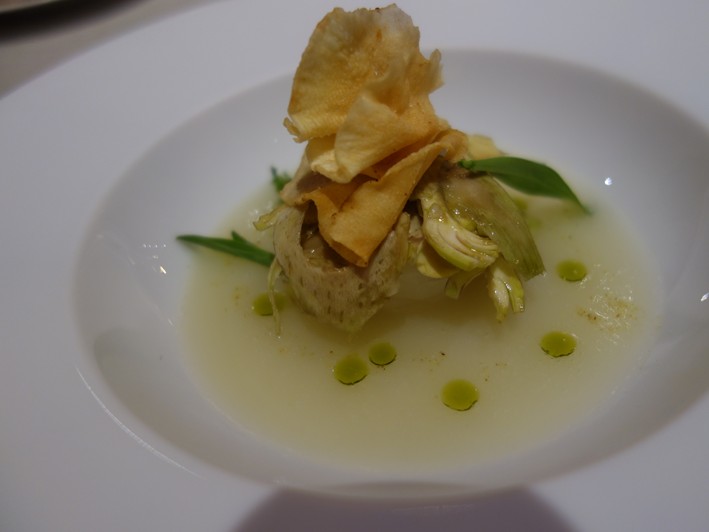
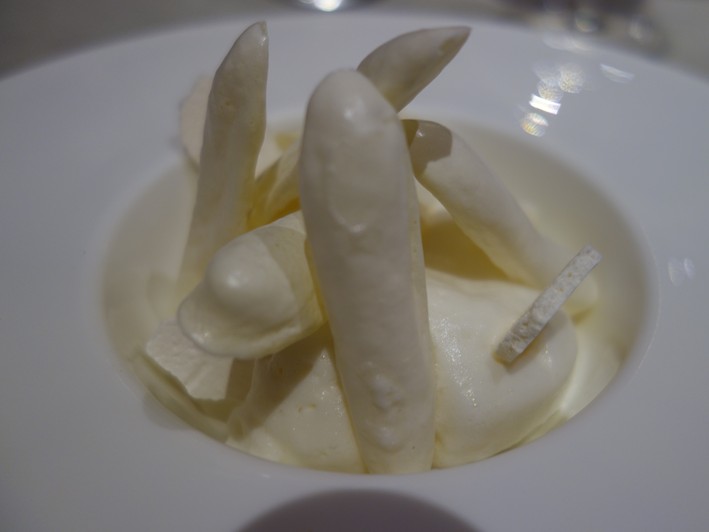


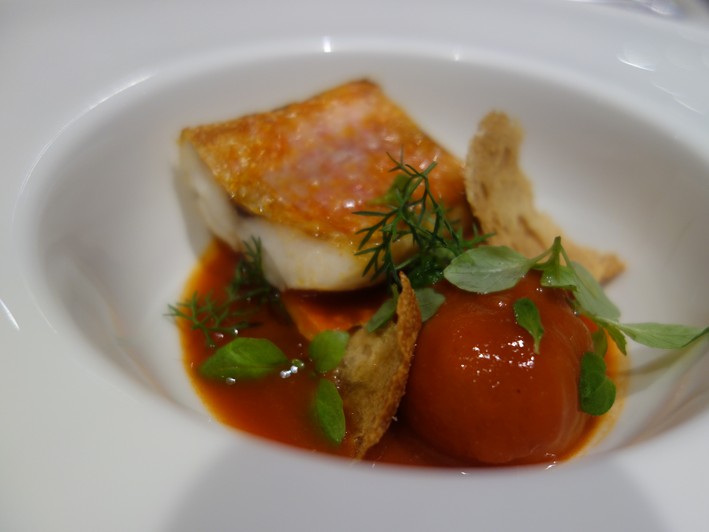
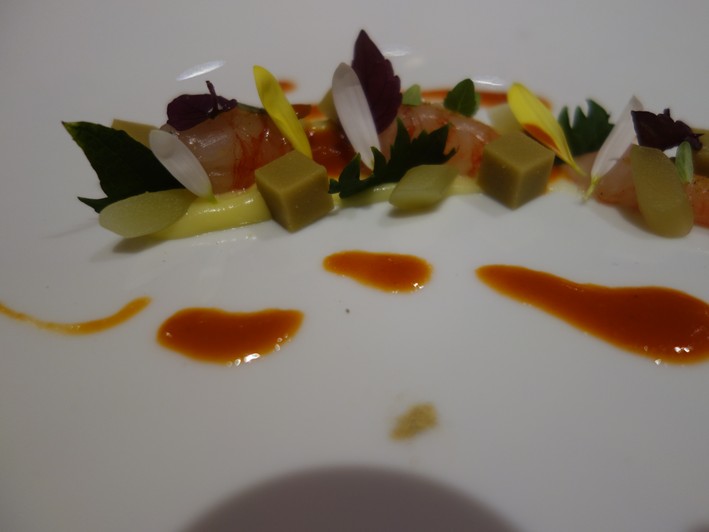
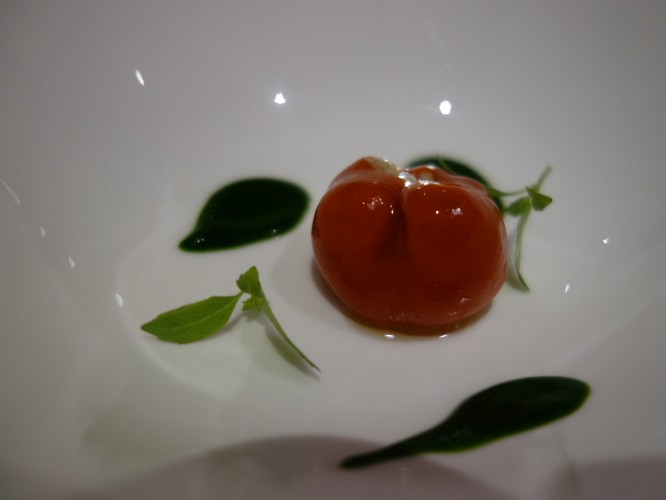
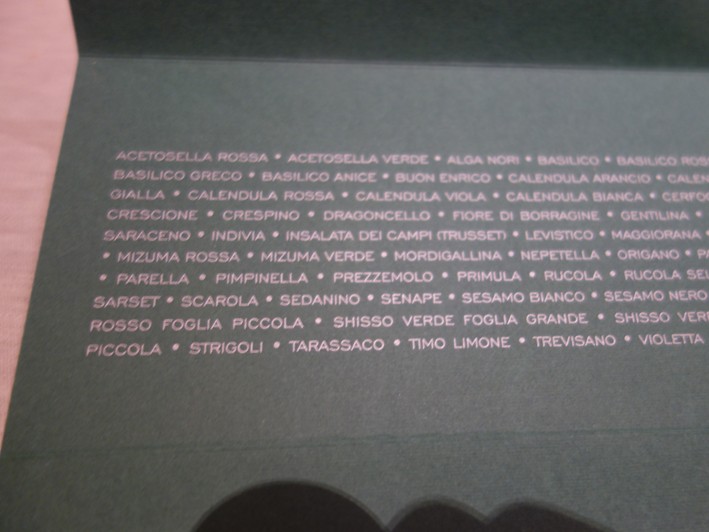

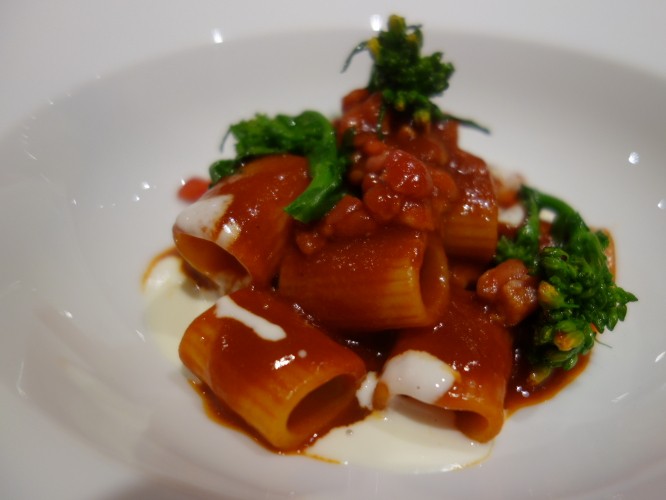
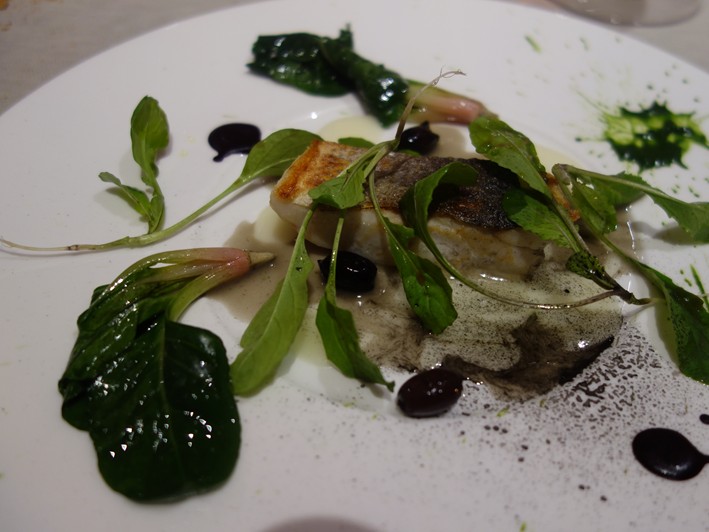
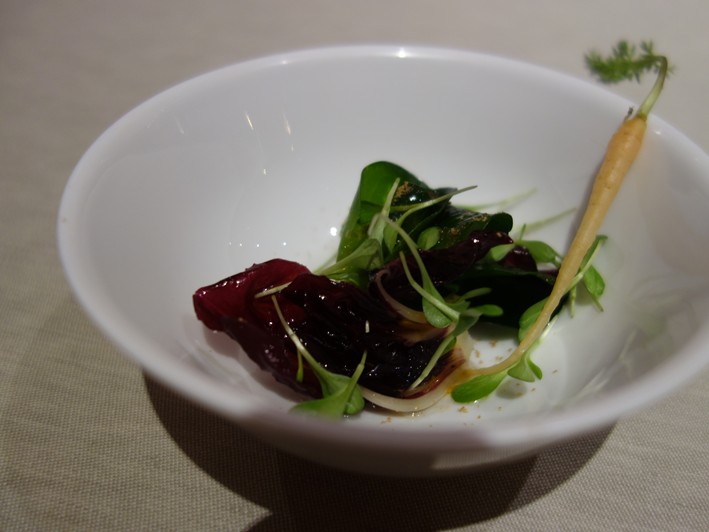
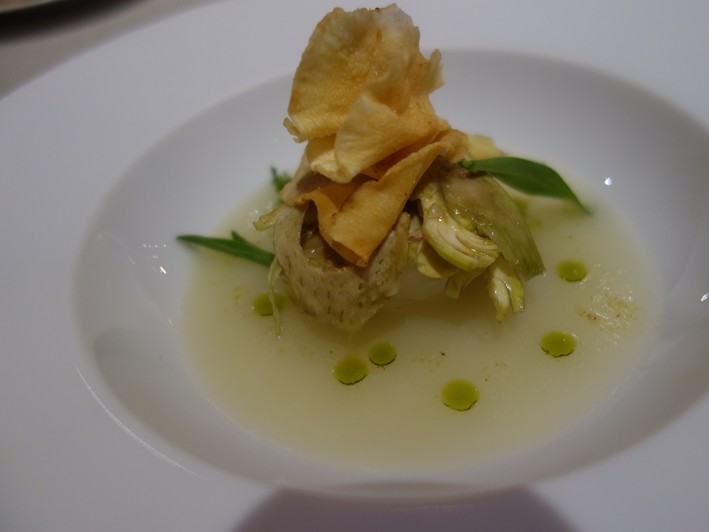
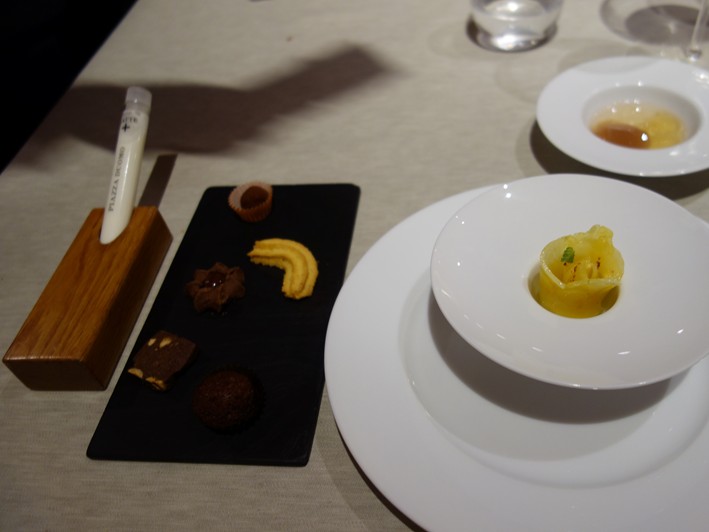

jeffrey
I agree with 99/100 Andy reviews and this would be an exception. This is one of a small handful of restaurants doing miracles with vegetables and I rate it as one of my favorites. The bread could indeed be improved!